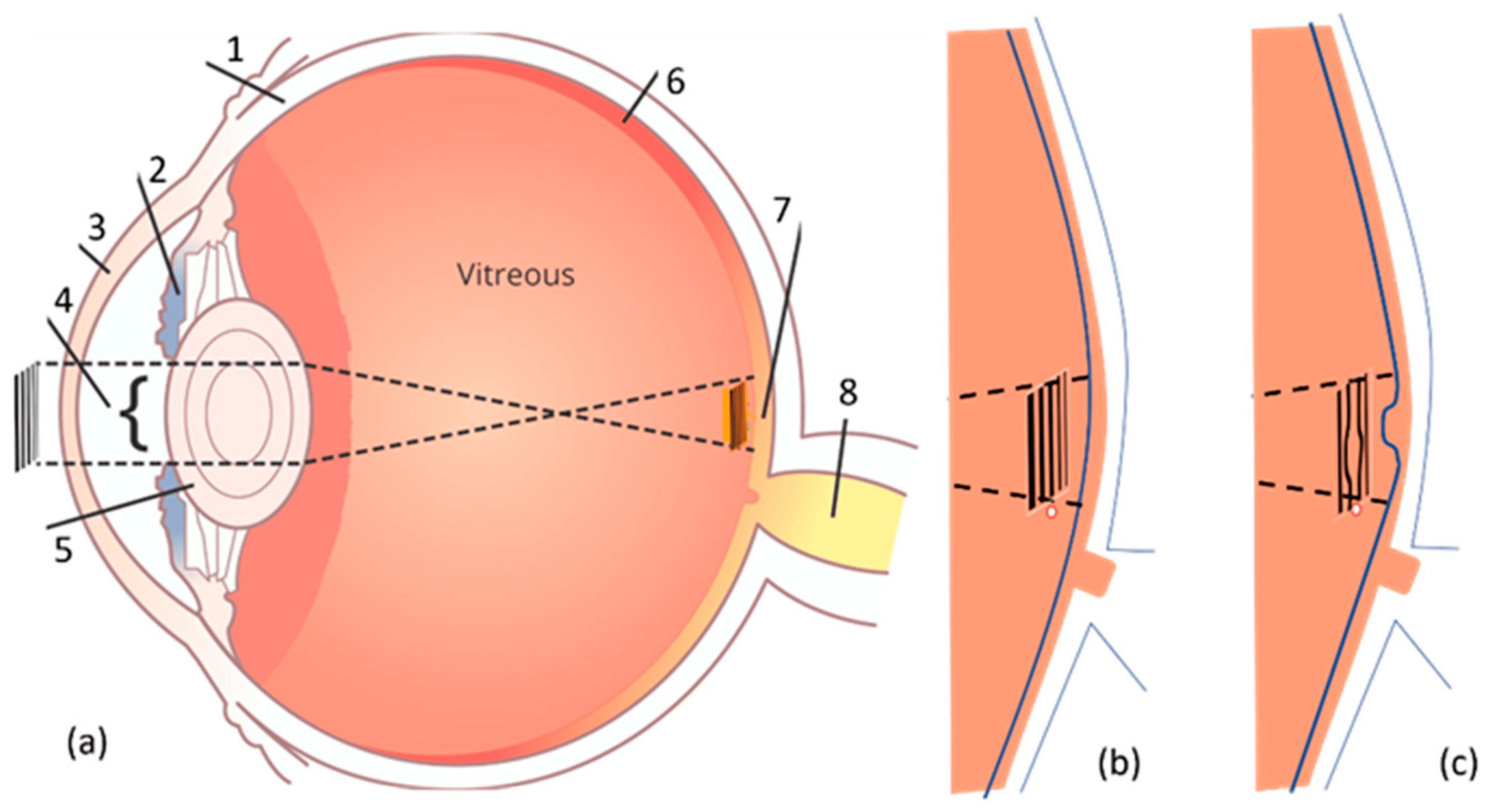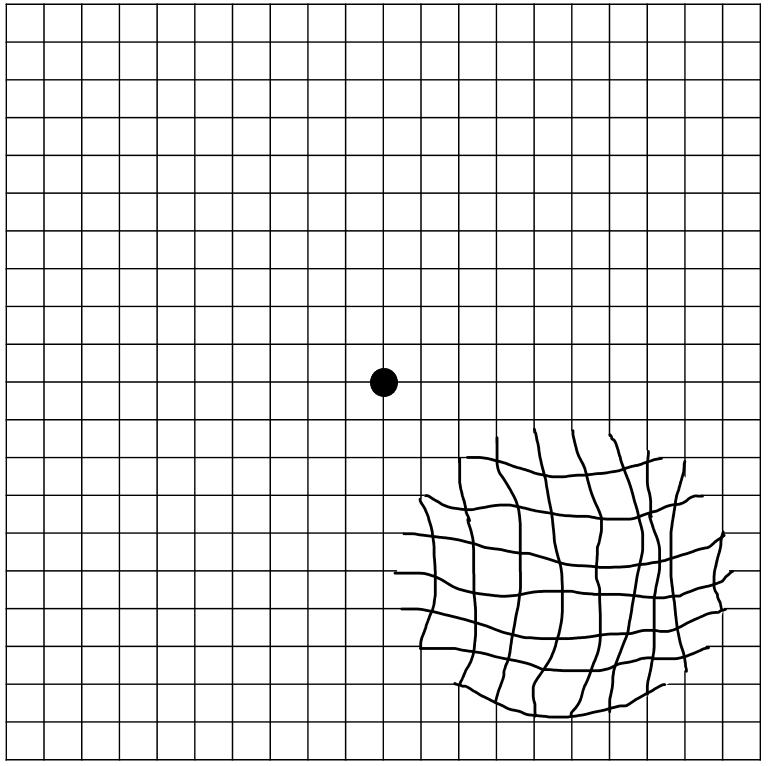Wavy Lines
Welcome to Bright Vision Care Hospital, your trusted destination for comprehensive eye care and vision enhancement. In this informative guide, we will explore a visual phenomenon known as "Wavy Lines" or metamorphopsia. Our mission is to provide you with valuable information about wavy lines, including its symptoms, effective do's and don'ts for management, recommended eye exercises for visual improvement, and expert care to address the underlying causes of this visual distortion.
Wavy lines can disrupt your visual perception, but understanding its nature and taking appropriate steps can help preserve the clarity of your vision.

Symptoms
The primary symptom is the perception of straight lines appearing wavy or crooked, which can affect your ability to see things accurately.
Blurry VisionWavy lines can lead to blurred vision, making it challenging to read or recognize objects clearly.
MetamorphopsiaMetamorphopsia refers to the altered shape of objects when viewed, such as straight lines appearing curved or wavy.
Central Vision AffectedThis distortion often occurs in the central part of your visual field, which is crucial for detailed tasks like reading and recognizing faces.
Affect on Daily ActivitiesWavy lines can interfere with daily activities like reading, driving, or performing tasks that require precise vision.

Do's & Dont's
Do's
Consult an Eye SpecialistIf you experience wavy lines in your vision, consult an eye specialist promptly to diagnose and address the underlying cause.
Monitor Blood PressureHigh blood pressure can contribute to wavy lines. Monitor and manage your blood pressure under the guidance of a healthcare professional.
Regular Eye ExaminationsSchedule routine eye examinations to monitor your eye health and detect any changes in your vision.
Follow Treatment PlansIf an underlying condition is identified, adhere to the prescribed treatment plan recommended by your eye specialist.
Low-Vision AidsExplore the use of low-vision aids, such as magnifiers or screen readers, to assist with daily tasks affected by wavy lines.
Dont's
Don't Ignore ChangesIf you notice new or worsening visual distortions, do not ignore them. Seek medical attention promptly.
Limit Self-DiagnosisAvoid attempting to self-diagnose or self-treat visual disturbances like wavy lines. Professional evaluation is essential.
Don't Delay Eye ExamsDo not skip or delay routine eye examinations, as early detection of eye conditions is crucial.
Limit StressMinimize stress, as it can exacerbate symptoms. Practice relaxation techniques and seek emotional support when needed.
Avoid Prolonged Screen TimeProlonged screen time can strain your eyes. Take breaks and practice the 20-20-20 rule (every 20 minutes, look at something 20 feet away for at least 20 seconds).
Exercises
While there are no specific exercises to treat wavy lines, maintaining overall eye health is essential. Consider these practices:
Discuss with your healthcare provider the use of supplements that support eye health, such as those containing lutein and zeaxanthin.
Blinking ExercisesRegularly blink your eyes to maintain moisture and reduce eye strain.
Vision RehabilitationParticipate in vision rehabilitation programs to learn strategies for optimizing your remaining vision.
Reduce Screen TimeLimit prolonged screen time to reduce eye strain and discomfort.
Adjust LightingEnsure proper lighting when reading or performing tasks to minimize visual distortion.

Summary
Wavy lines in your vision can be a concerning visual distortion. At Bright Vision Care Hospital, we are dedicated to providing expert care and guidance to address the causes of wavy lines and improve your visual comfort.